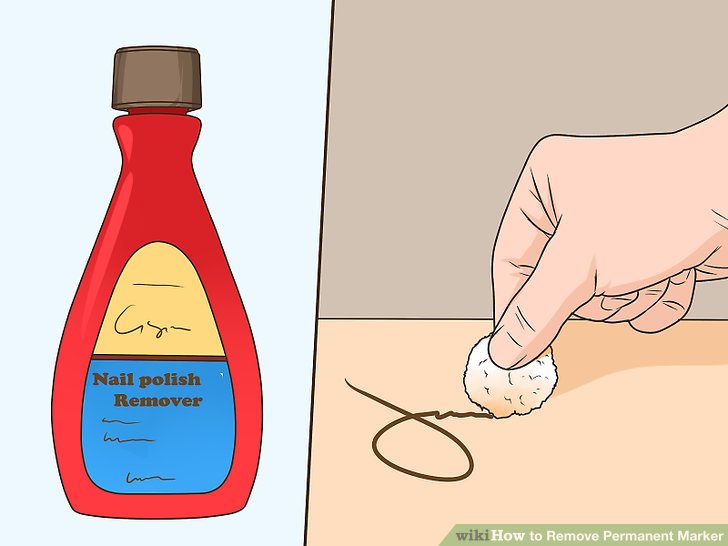05th Jun,2022
So you’ve got paint on your tires. While there are different methods you can do to remove it by yourself, it can be tricky and you might end up in a worse situation than before.
To help you out, we’ve put together this simple guide to remove paint from your tires.
Table of Contents
Depending on the method, removing paint from wheels can be as straightforward as taking a few minutes long changing your tires. Knowing how to remove paint from tires is a useful skill, especially if you’re fond of painting rims by yourself. If your car has wheel spacers the method to remove the paint is the same. Check out this guide if you don’t know what are wheel spacers.
Here are the different methods you can do: All the supplies that you need can be found on Amazon or your local auto parts store.
Check Today’s Price
Instructions:Check Today’s Price
Instructions: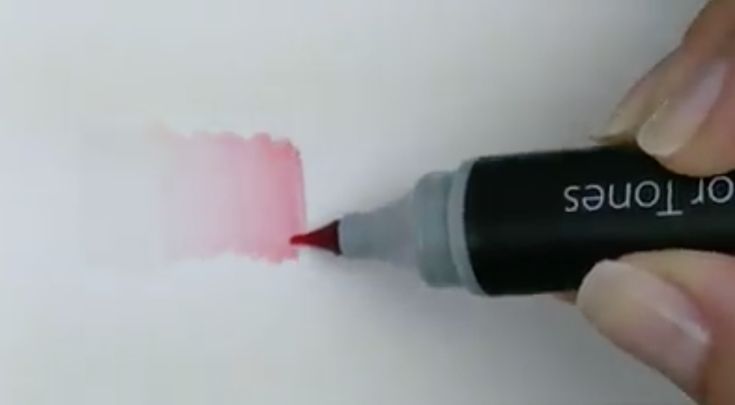
Vegetable oil may seem like an unlikely ingredient to remove tire paint, but it’s an effective technique to give your wheels a shiny-looking appearance without inflicting damage.
Method 3If the paint is still fresh, you can use this quick method to take off the unsightly stains from your tires in minutes.
You’ll need:Check Today’s Price
Instructions:This fourth and final method is ideal if you need to get road paint off your tires.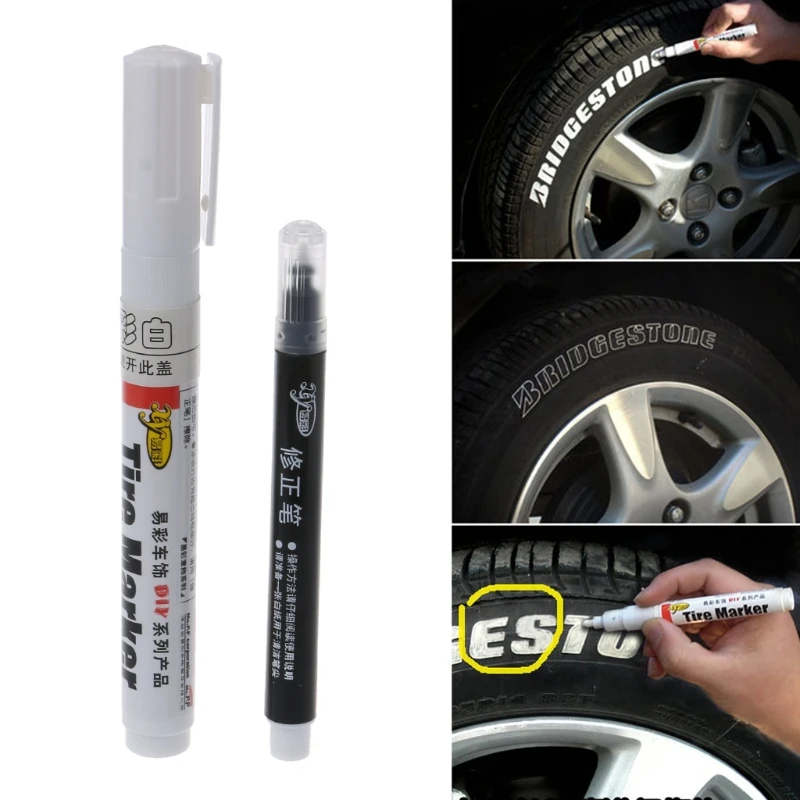
Road paint is typically harder to remove because they soak into the rubber. But surprisingly, it’s actually easier to remove if the painted part is on the treads. If you keep driving, the stains that mar your wheels will eventually wear off. If the paint is on the tire’s sidewalls, however, this is where it gets a little tricky.
You will need:Check Today’s Price
Instructions: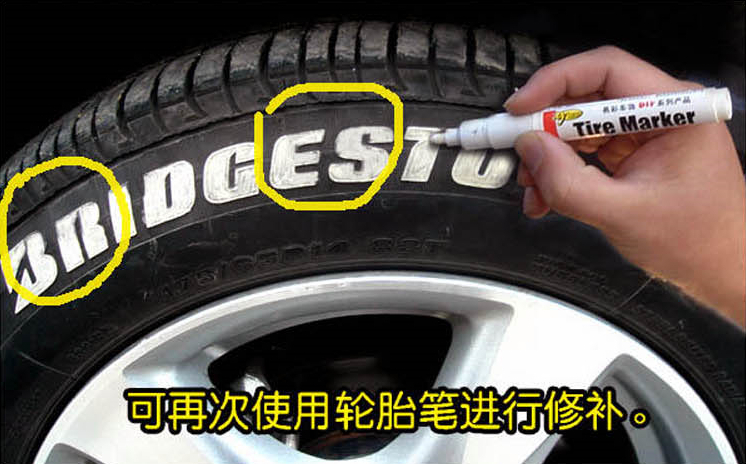 Then, use a lint-free towel to dry.
Then, use a lint-free towel to dry.If you search online posts regarding this matter, you’ll find that people are conflicted if paint thinner causes tire damage. Some users claim that thinners are an easy way to get the job done fast and that they’ve used it all the time.
However, petroleum products and solvents are very harsh and should not be used on tires. Buying new, reliable tires as you’ll see here is always an option, but it isn’t always the wisest one. When those products are absorbed by your tire, it will cause the rubber to break down.
Lacquer thinners, paint strippers, white wall cleaners, and other similar products are very caustic and will make your tire more prone to brittleness and cracking, thus significantly reducing your tire’s lifespan.
Although it can be said that short term exposure to these products won’t have any visible harm, it would be wise to stay away from them to keep the integrity of your wheels.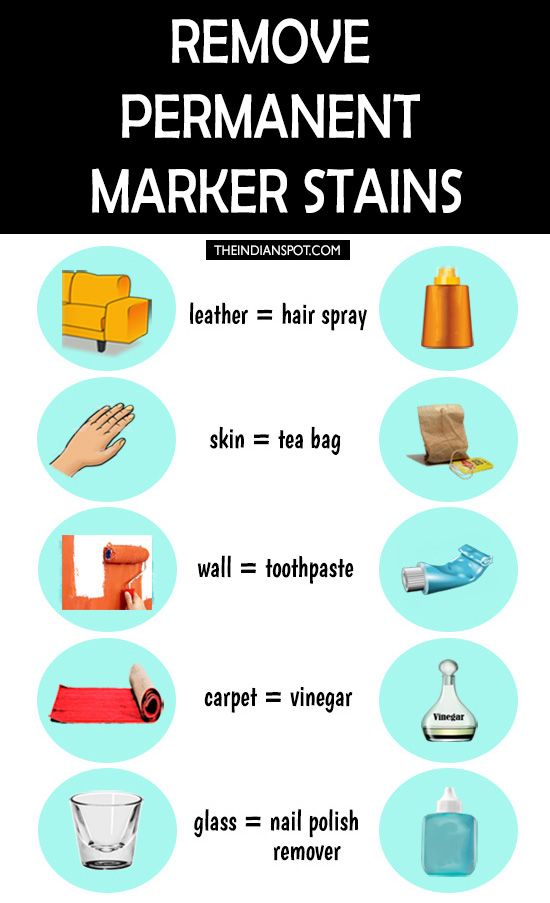 If you’re using any of these products in your home, be careful when handling them as they may cause damage as well.
If you’re using any of these products in your home, be careful when handling them as they may cause damage as well.
Removing tire paint may seem like a daunting task, but it can be made easy with the proper materials at hand. With the different methods listed above, you’re sure to find one that works when getting the stains off your tires.
Just remember that although your tires are tough, products such as solvents can be harmful and should not be used. Also, ensure that you do some maintenance to keep tire quality every now and then.
If your struggling to remove your tires, check out this seperate guide.
I don't think you can remove the white raised lettering on the Bridgestone Duelers can you? I'm not really a fan of the White lettering. But I really don't want to go out and buy a new set of tires just because of that. Any suggestions for blacking them out? Sharpie? Paint? Anything that may last?
But I really don't want to go out and buy a new set of tires just because of that. Any suggestions for blacking them out? Sharpie? Paint? Anything that may last?
Have a tire shop swap the tires around so the white letters face inward. If you're that worried about the appearance, then you won't be satisfied with markers and paint.
Get a wire wheel and go to town on white letters until top coat is gone lol lightly
Dontfront82 said:
Get a wire wheel and go to town on white letters until top coat is gone lol lightly
Click to expand.
..
Sir, put the bong away!
It'll cost you about a buck or a buck fifty to get them dismounted, remounted and balanced.
Wire wheel, cut the letters off, magic markers....you guys are a trip.
Last edited:
spaightlabs said:
It'll cost you about a buck or a buck fifty to get them dismounted, remounted and balanced.

Where wheel, cut the letters of, magic markers....you guys are a trip.
Click to expand...
That’s the best way to do it is have them remounted with the white letters on the inside.
Sent from my iPhone using Tapatalk
I always have all of my tires mounted with the white facing the inside.
Are they directional tires? If not putting letters to the inside shouldn't be a problem.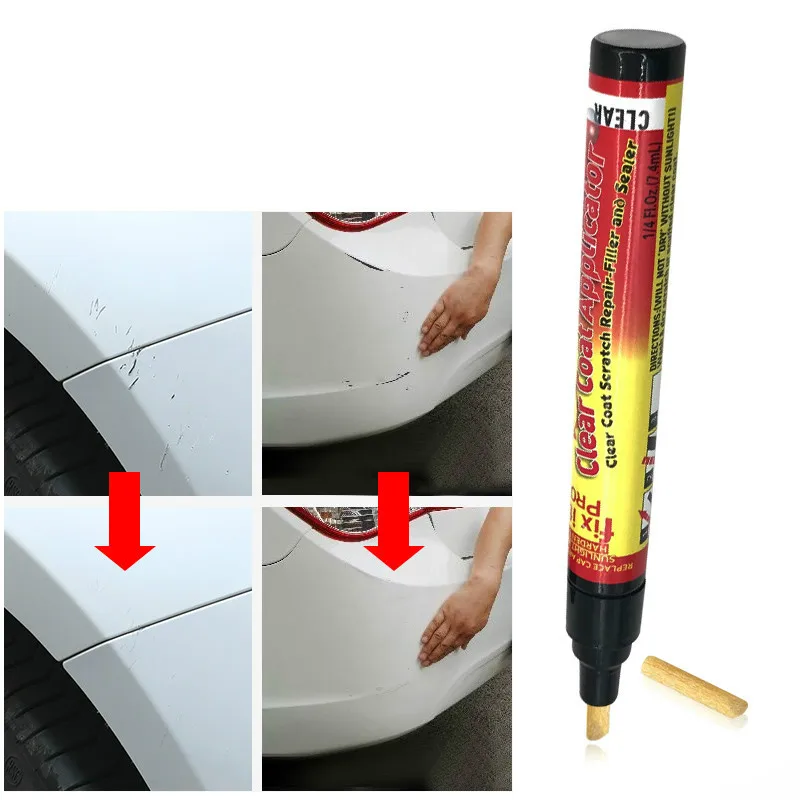 Any tire shop can do this for u
Any tire shop can do this for u
I was gonna suggest a flap disc
stepbill said:
I always have all of my tires mounted with the white facing the inside.

Click to expand...
Given the option, I'm the exact opposite, lol
Option 1) leave white letters out, you will either get use to them, wear the tires out and replace with new tires without white letters.
Option 2) unmount and face white letters inside, black facing out. Probably cost $20 -$30 per wheel or so to remove, remount and rebalance.
Shouldn’t be that difficult a decision. Enjoy your new RAM!
As mentioned, best option is get them flipped to black side out at tire shop.
I don't think the white is easy to remove either, the white color is deep in the rubber from the tires I've seen, they won't just rub or brush out.
Just rub against a low curb (to not hit the rims)...that should do it...
In case anyone's taking these wire wheel suggestions seriously
swarggs said:
The white lettering is actually a layer of white rubber all around the tire that is only exposed at the lettering.
That's why when you rub a tire against a curb repeatedly the scuffs turn white. So taking a razor blade to it won't solve your problem. If anything, it'll make the white letters wider and uglier.
Sent from my SM-G960U1 using Tapatalk
Click to expand...
swarggs said:
In case anyone's taking these wire wheel suggestions seriously
Click to expand...
I figured that was the case, I know one of the recommend cleaning methods to clean the white lettering is either acetone or a wire brush.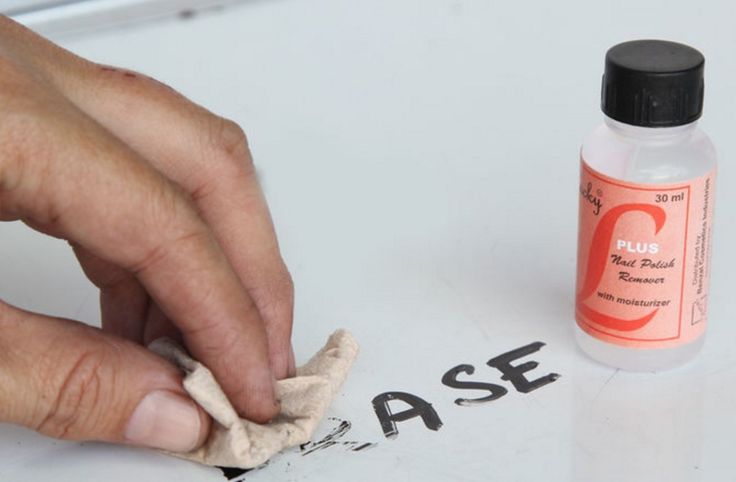 If it was just paint, that would actually remove the white lettering instead of cleaning it.
If it was just paint, that would actually remove the white lettering instead of cleaning it.
FYI- for those interested, my dealer is rotating my tires for $100 to put the white lettering on the inside. The ratio of $ to "smiles per mile" left on the tires is well worth it to me. I tried using a paint pen, but it only lasted a week or two.
seribralcrow said:
FYI- for those interested, my dealer is rotating my tires for $100 to put the white lettering on the inside.
The ratio of $ to "smiles per mile" left on the tires is well worth it to me. I tried using a paint pen, but it only lasted a week or two.
Click to expand...
That's the best way to solve the problem is to turn the white lettering to the inside unless you want to buy new tires.
Sent from my iPhone using Tapatalk
Permanent marker was originally designed to be difficult to remove.
However, there are often situations when the inscription from a permanent marker is completely unnecessary. And then the question arises, how to remove traces of markers.
It's very easy to remove a marker if you know the substrate it's made of:
If the marker is water-based, it can be removed from hard surfaces with a sponge dampened with water.
Alcohol-based markers are easy to remove with a cloth soaked in alcohol or vodka, or any ether that evaporates quickly.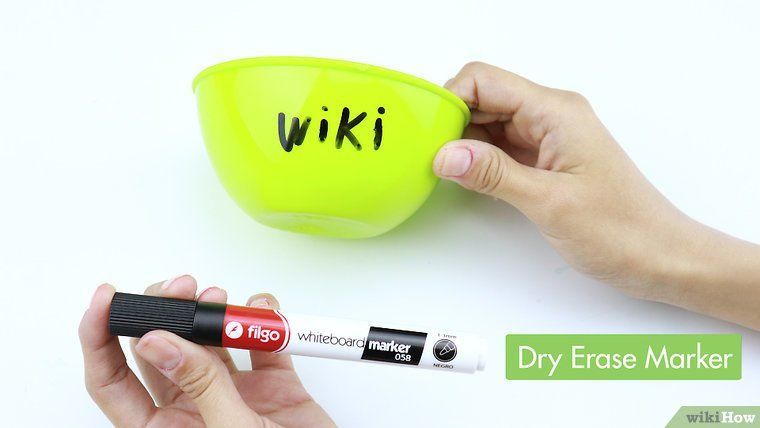
Oil based marker ink is oil soluble. You can remove inscriptions from such markers using vegetable or other fatty oil. Simply apply a little oil to a short-haired tissue paper and rub the lettering with it. Then wipe off any remaining marker with a dry cloth.
If you do not know on what basis the marker is made, then do not worry. Toothpaste is a great way to remove marker stains. Try rubbing toothpaste into the marker stain, leave for 1-2 minutes, then wipe off with a damp cloth. This method perfectly removes inscriptions from wood panels, painted walls and from porcelain. To remove traces of the marker, you need to take a regular toothpaste that does not contain abrasive materials. Do not use dentifrice gel or tooth powder, especially to remove stains from varnished surfaces.
There are several other ways to remove permanent marker marks.
Permanent marker marks can be easily removed from a smooth surface, such as plastic, with a microfiber sponge (Clean Magic), simply by rubbing the inscription.
Try erasing the marker with a regular graphite pencil eraser. This method is good to use if you need to remove the trace of the marker from wooden surfaces. Use an eraser to remove most of the marker, and then use a tissue soaked in rubbing alcohol to remove any remaining writing.
Great for removing marker marks with nail polish remover (especially with acetone) or any solvent. However, this method is not suitable for all surfaces, for example, it can damage a surface coated with varnish or paint.
Any alcohol-based aftershave removes marker well. Apply lotion to the stain and leave for a few minutes. Then rinse with water. Repeat if necessary.
Try removing the marker stain with any aerosol (hairspray, deodorant). Spray it on the inscription from the marker, and then rinse with water.
Tea tree oil works well on some surfaces.
Try spraying sunscreen on the marker stain, but don't leave it on the wood for too long as you could damage it.
We recommend following these tips:
always start removing marker marks with the least aggressive solvent;
be aware that some of the solvents/chemicals will attack certain surfaces or even cause the ink from the marker to penetrate even deeper into the surface;
the use of dry powders or powders containing abrasives may scratch the surface to be cleaned;
Some solvents may "melt" the plastic.
And remember the important rule for dealing with various stains: be sure to use any method to remove marks from the marker, first try it on an inconspicuous part of the surface.
Friends, we are very interested in how our advice on removing traces of markers helped you.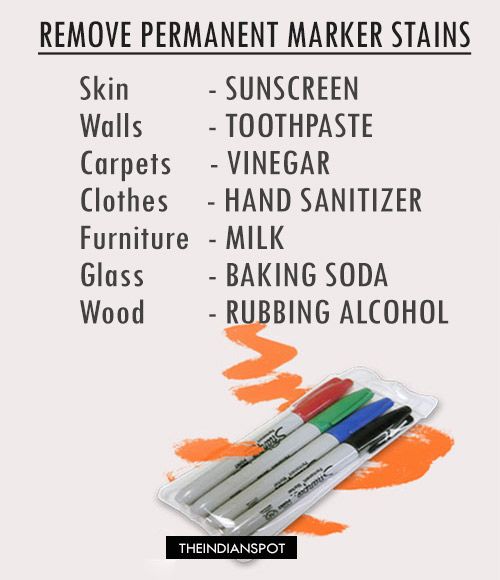 We will be grateful if you express your opinion or share your experience by writing to us by e-mail: [email protected].
We will be grateful if you express your opinion or share your experience by writing to us by e-mail: [email protected].
In addition, there is a professional marking removal tool - Nissen EZ marking removal wipe .
Save article:
In this article:
Are you looking for a set of summer or winter tires for your car but don't understand all those numbers and letters? This problem is easily solved. In this article, we will show you how to easily and quickly understand what the numbers on the tires mean, what parameters are hidden behind them, and which tires are suitable for your car.
Only then the car will confidently stay on the road when it is shod with rubber with optimal technical characteristics corresponding to the weather, type of coverage and season.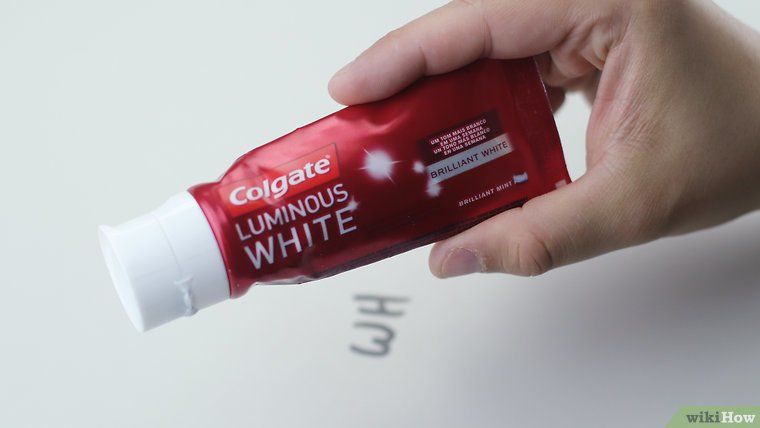
The marking of car tires consists of several meanings. For example, on any wheel, the manufacturer, brand of rubber, and tire size are indicated. The first three numbers on the wheel indicate the size of the rim (in inches, 1 inch equals 2.54 cm), how wide the tire is, and the height of the profile. This marking can be seen if you look at the wheel from the outside.
Photo: Shutterstock
Let's analyze what the numbers on the tires mean on a specific example of a wheel marked 195 60 R16. The first digit of 195 mm is the tread width. What does the second number on a tire label mean? It shows the relationship between tread height and tire width. The wheel will cling to the coating perfectly if the value of this index is high. Most often, drivers call this parameter the height of the profile.
The last number is the inner diameter of the tire (in inches). Many car owners make the following mistake: they buy tires without taking into account the fact that external parameters change.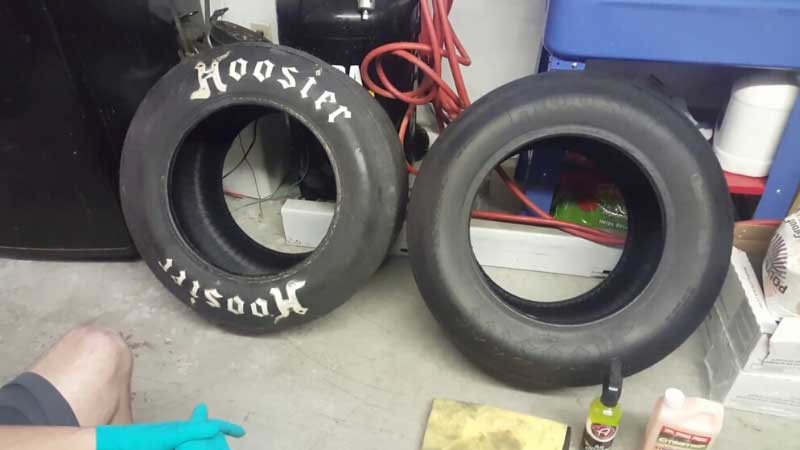
So, the height of two wheels marked 185 65 R15 and 210 65 R15 will be different, but the landing diameter is the same. Due to small differences in the profile height and tire width in this example, it will not be possible to mount tires on a car. This should not be forgotten when buying a set of wheels. You can use the tire calculator to find the right tire size for you.
In addition, one more parameter is applied to any wheel, this is the permissible speed. It is located after the numbers on the tires indicating the tire size. This index indicates what maximum speed the tire is designed for.
Useful financial and shopping resources
Download compilation
What do the numbers on the tires after the speed index mean? Usually there is an indication of the permissible load on one tire. For example, it may look like this: "88T". This figure means that when driving at the maximum possible speed of 190 kilometers per hour, the load on one wheel should be no more than 560 kilograms.
For example, it may look like this: "88T". This figure means that when driving at the maximum possible speed of 190 kilometers per hour, the load on one wheel should be no more than 560 kilograms.
Photo: Shutterstock
To make it clearer what the numbers on the tires mean, consider the European marking of the Cordiant Sport 3 225/65 R17 106H tire model.
On American tires, you can find two different types of markings that differ from each other.
Consider the first marking: P 195/60 R 14 or LT 235/75 R15. As you can see, it practically does not differ from the European one. However, the size is preceded by the letter P on passenger tires or LT on tires for light trucks.
There is also a second marking, it looks different: 31x10.5 R15. In this case, the usual European marking would look like this: 265/75 R15. What do the numbers on tires with this marking mean (in inches):
What do the numbers on tires with this marking mean (in inches):
It is worth noting that if you do not pay attention to the units of measurement (inches, which are unusual for us), then the American marking will be clearer and more logical in comparison with the European one. Indeed, in the second case, the height of the rubber profile depends on the width of the wheel.
In the American labeling, everything is simpler. For clarity, consider what the first digit in tire size means. It shows the size, that is, the outer diameter. The second number indicates the width, the third - the inner diameter.
You can follow the current promotions on the Halva Installment Card, which will help you profitably purchase the goods you need, here.
How to find out the width of the tire in the usual units of measurement, that is, in mm? To do this, multiply the width in inches 10.5 by 25.4, because one inch equals 2.54 cm. The result is a value of 267 mm. Since there is no given size, we take into account the width of the tire 265, which is obtained after rounding.
The next step is to find out the height of the sidewall, which is measured as a percentage. To do this, perform the following steps: subtract the bore diameter from the outer diameter. Then we divide the resulting value by 2. The figure that we get, then needs to be divided by the width of the profile.
See also
"How to choose winter tires and not lose"
Read more
Thus, in our example, we have the following: ((31 - 15) : 2) : 10.5 = 0.76. The resulting value must be rounded up to 75. As a result, we will have the following markings on tires: 265/75 R15.
As a result, we will have the following markings on tires: 265/75 R15.
If the profile height is not indicated on the tire, do not forget that for passenger tires this figure is 80 - 82%, for trucks 88%.
To convert from metric to inch system, we need to perform calculations:
So, we figured out what the numbers on tires with the American marking mean 31 * 10. 5 R15
Photo: Shutterstock
XL or Extra Load - this inscription on the wheels means that they are reinforced, that is, the load index is more than 3 units, compared to standard tires with the same size. Simply put, when you see a load index of 9 on rubber1, as well as the inscription XL, which means that this tire is designed for a load of not 615 kg, but 670. For clarity, it is recommended to study the load index plate.
M+S , M&S ("mud and snow") means that the tires are designed for winter (or all-weather). This marking can also be seen on summer wheels for SUVs. But in this case, rubber is not suitable for use in winter, since winter tires have a different composition, as well as a specific tread pattern. "M&S" means you have an off-road wheel in front of you.
All Season or AS, ("for all weather") - all-weather tires.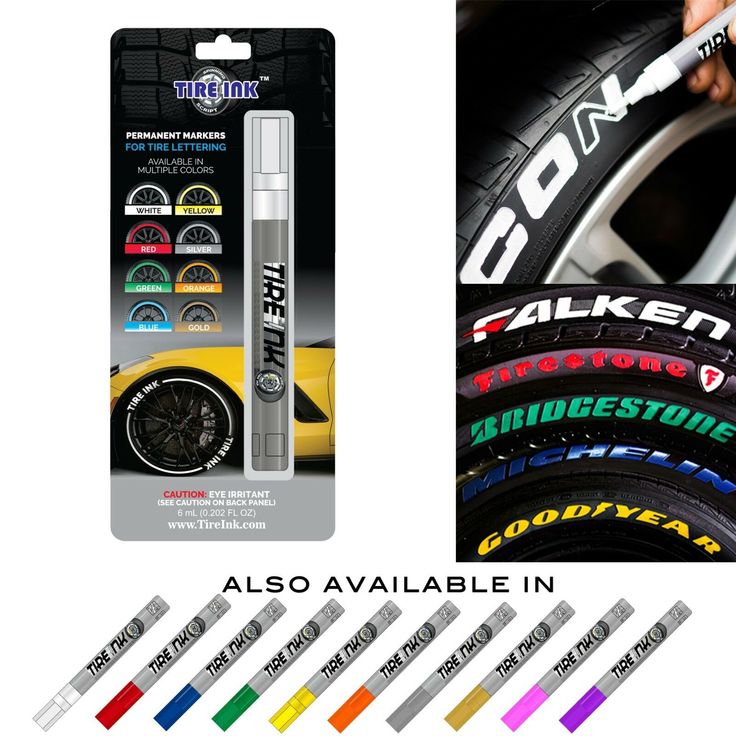
The snowflake badge indicates that the tires are designed for winter use. Don't see this marking on the side of the tire? So, you can ride on such tires only in the summer.
Popular articles
How to choose a subwoofer for your car
19.12.2022
1634
From top to bottom, obliquely: how to degrease a car body before painting
12/15/2022
1608
Chic, shine, beauty: how to remove scratches on a car with your own hands
9.12.2022
1414
Without damage: how to reduce the fuel consumption of your car
11/29/2022
902
How much do they pay for advertising on a car
11/25/2022
4239
Aquatred, Aquacontact, Rain, Water, Aqua or the symbol "umbrella" - means that you have rain tires in front of you.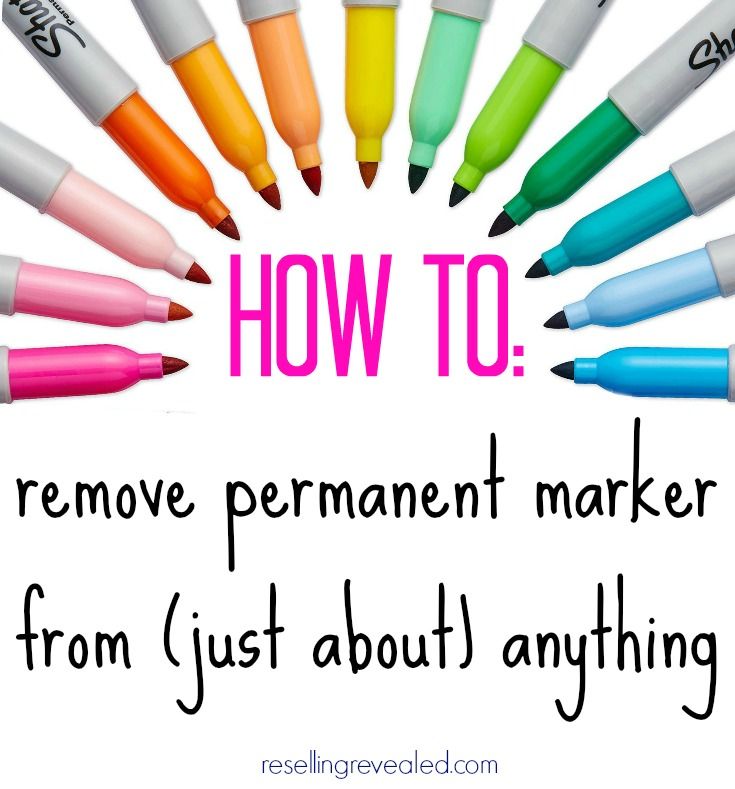
Outside and Inside the inscription indicates that these are asymmetrical tires. When installing them on the car, you should be extremely careful, because they have an outer and inner side. During installation, pay attention to the fact that the inscription "Outside" is located outside, "Inside" - from the inside.
RSC, RunFlat - on such rubber, even if a puncture occurs, you can continue driving at speeds up to 80 kilometers per hour. These tires allow you to drive a distance of 50 - 150 km after the pressure has completely dropped. Depending on the manufacturer, the marking may vary slightly, for example Bridgestone RFT, Continental SSR, Goodyear RunOnFlat, Nokian Run Flat, Michelin ZP.
Rotation or the arrow icon on the side of the tire means that you have a directional tire in front of you. When mounting it, you should take into account the direction of rotation of the wheel, which is indicated by the arrow.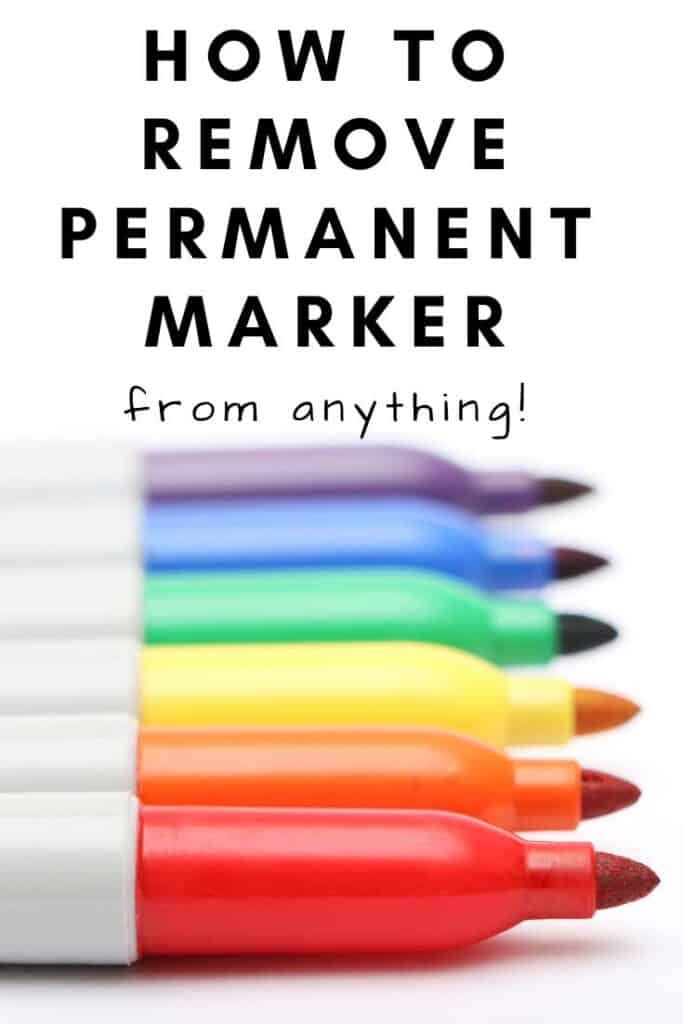
Tubeless - tubeless wheel. If there is no such marking, the tire can only be used with a tube. The inscription Tube Type means that rubber can only be used with a camera.
Max Pressure is the highest allowable pressure in the wheel, Max Load is the highest load capacity (kg) that the tire is designed for.
Reinforced, RF (for example, 195/70 R15RF) means that the tire is reinforced, it has 6 layers. When the letter C is at the end of the marking (for example, 195/70 R15C), which means that this rubber is cargo and it has 8 layers.
Radial – the inscription indicates that the tire has a radial construction. If there is the word "Steel", then the tire is reinforced with a metal cord.
Letter E, circled - rubber meets European ECE standards. The inscription DOT means that the tire meets the American quality standard.
Temperature (A, B or C) - shows how rubber is resistant to high temperatures when driving at maximum speed. When the letter A is indicated, then the heat resistance is the best.
When the letter A is indicated, then the heat resistance is the best.
Traction (A, B, C) - indicates how well the tire will brake on wet roads.
Treadwear – the inscription indicates the relative mileage of the tire.
TWI (Tread Wear Indiration) - means tread wear indicator. Most often, next to this inscription is the sign "arrow". Characters distributed in 6 – 8 sections all over the wheel. They indicate the smallest tread depth at which the tire is allowed to operate. The wear indicator protrudes 1.6 mm. This is the minimum allowable tread height for passenger tires. The wear indicator is located in a recess in the tread, most often in the grooves to drain water.
Read also
"How to choose a battery for a car: criteria and mistakes"
Read more
DOT - manufacturer's address code, coded tire size, certificate, and the week and year the tire was manufactured.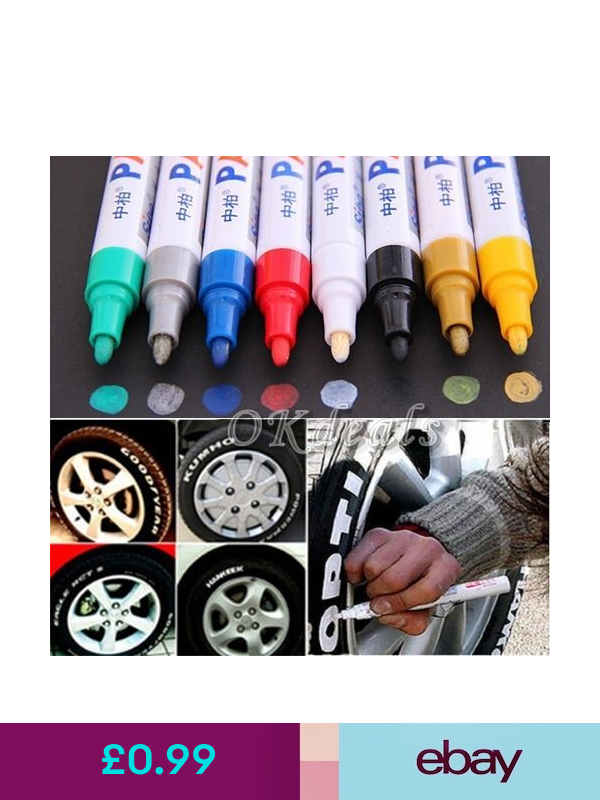
We have analyzed what the numbers mean on winter tires, as well as on summer and all-season tires. However, in addition to them, there is also a color marking, the meaning of which also needs to be known. Usually on tires you can see various symbols of four colors: red, yellow, white and blue.
Photo: Shutterstock
The most commonly used white label is . For example, you might see icons in a small circle. The white marking is applied by a specialist when checking the compliance of the tire with quality standards. If this symbol is present, it means that the product has been checked by the technical control department.
Red marker can have two meanings. Usually rubber, which has such a marking, is installed at the factory. A small red circle indicates that the tire is the heaviest in this place.
The yellow marker indicates the lightest area of the tire.